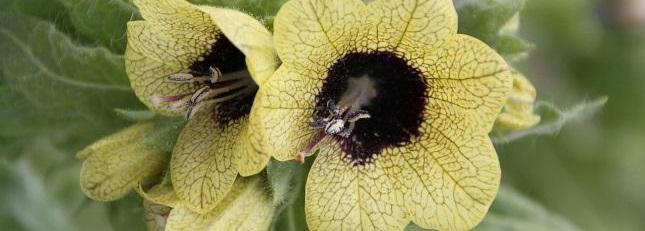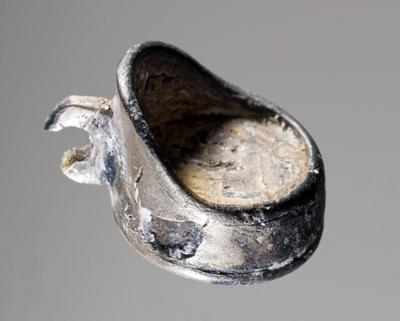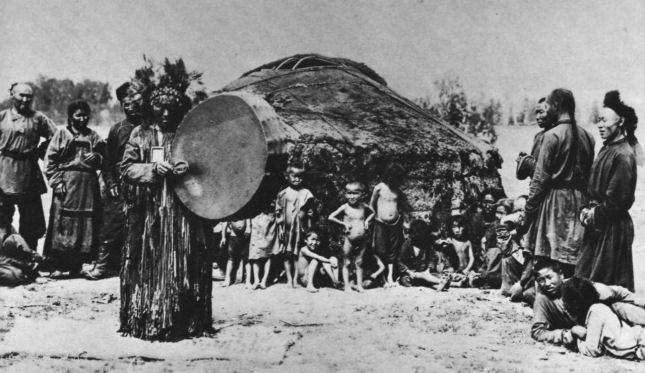The seeresses of the Viking period

Völuspá:The prophecy of the seeress
Seeresses possessed such strong powers that even the king of the gods, Odin, could benefit from their help and advice.
In “Völuspá:The prophecy of the seeress” – a poem from the Elder Edda – an old man visits a seeress, as he wishes to know the future and what the fate of the world will be. He looks poor and miserable, but as he has only one eye the seeress recognises him immediately as Odin.
Odin offers the völva his necklace and ring as payment for telling him the future. She then begins to inform him about the creation of the world, the first gods and people, as well as the end of the world – Ragnarök, when gods will do battle with giants. The seeress also describes how after Ragnarök, the all-destructive war, the world will rise again. But she also sees that evil will return to the world.


Wand, song and seat
The völva carries out seid using a combination of a staff, song and special seat, which enable the soul to travel. She sits on her special seat holding a staff. The völva is usually surrounded by a group of young girls, who sing to evoke the spirits. The song changes the seeress’s state of consciousness and sends her into a trance. Now she can visit helpful spirits and gods, state her purpose and see widely. When the song dies down, she still finds herself between worlds. In this state she can predict the future, answering the questions about the future and fate that the participants in the circle ask her.
The seeresses practise seid
The concept of seid and völur or seeresses are known about from the Icelandic sagas, and their existence has also been confirmed by archaeological finds. Especially female graves, but also a few male burials, have been found containing unusual and strange items not typically found in Viking graves. These include special sticks or wands, intoxicants and unusual collections of small objects, such as owl pellets.
Seid is an ecstasy technique, which enables the soul to travel to other worlds to seek information. The practice of seid is related to shamanism, with the seid expert’s work carried out whilst in a trance. We can in fact call the seid practioner a type of old Nordic shaman.
The seeress practised seid for herself and for others. She could do this alone or with the help of assistants. The völva could use seid to make a weapon invincible or an enemy restless.
Seeresses had a high status in society. They were treated with great respect, when they came to help a household or settlement in distress. In the Saga of Erik the Red a seeress is described, who practices seid on behalf of the whole settlement. She comes accompanied by an entourage of young girls – the spirit helpers. The girls sing and invoke the spirits, who the seeress needs to make contact with.
The end of the seeresses
With the introduction of Christianity, the seeresses slowly lost their function. In the Middle Ages the Danish word for seeress “vølve” meant witch. Their rituals were by then connected with dangerous and harmful magic. Thus it might be said that the Viking Age seeresses were predecessors of medieval witches.
Laws were issued in the Middle Ages in order to suppress pagan rituals. Seid and all other magic was forbidden. However, it was not possible to completely wipe out these old ways. Today seid is being used again in various ways, by different groups and networks.

